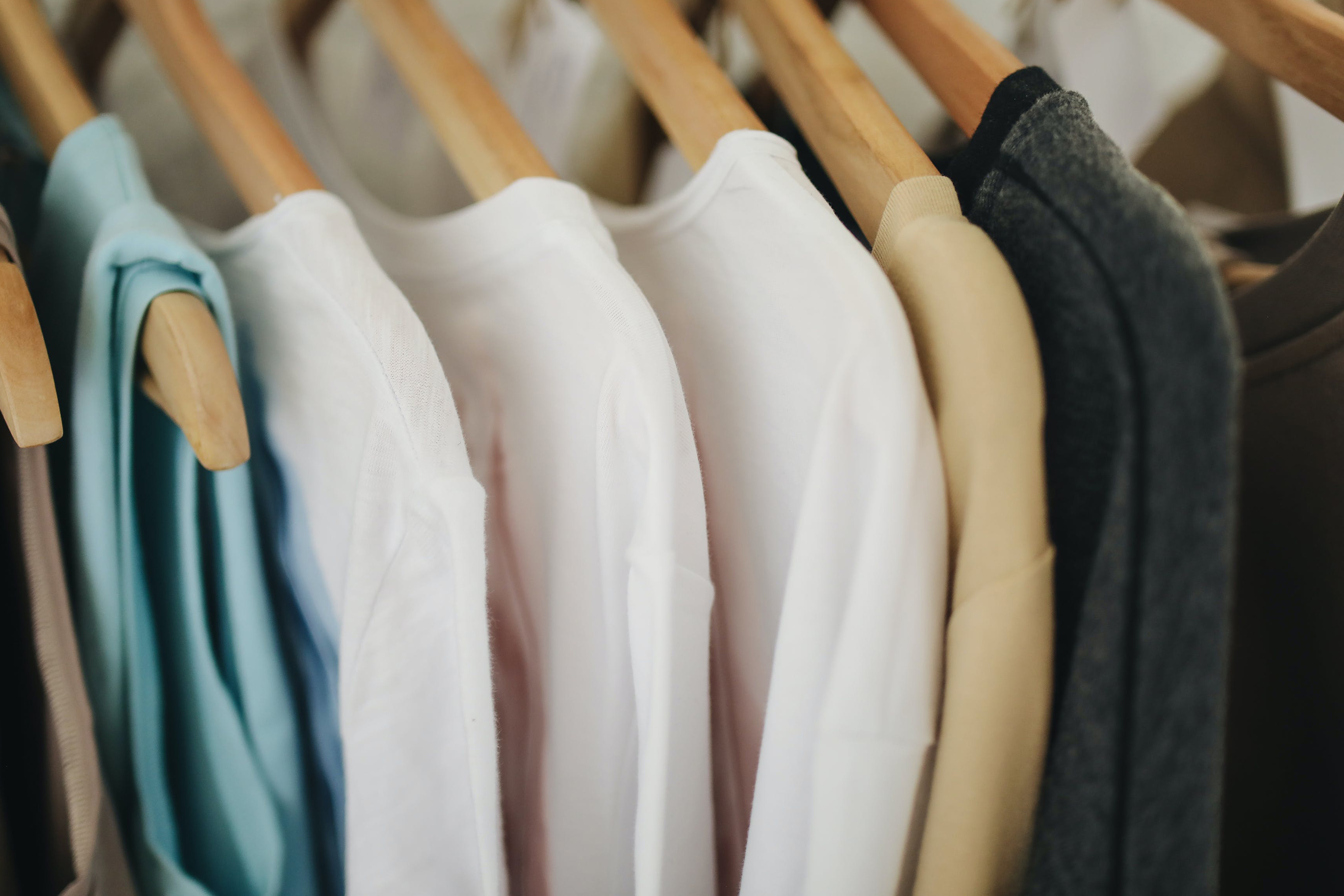Have you just finished a binge-sesh on Marie Kondo’s Netflix sensation – Tidying Up with Marie Kondo? Do you now have a big pile of unwanted items and not sure what to do with them?
If you are yet to get on the decluttering bandwagon, Marie Kondo is a renowned tidying expert helping people around the world to transform their cluttered homes into spaces of serenity and inspiration. Her ‘KonMari Method’ is a way of life inspired by a single question: Does this item spark joy? The answer points the way to a life filled only with the items we truly cherish.
As much as I love the idea of decluttering, having less “stuff” and only holding onto things we treasure (especially when it comes to our wardrobe), we need to be conscious of where our unloved items end up so they don’t just contribute to landfill. With approximately only 10% of garments given to charity ending up for sale (and the rest ending up in landfill), we need to stop using charity bins and second-hand shops as a dumping ground and consider some other options – for the sake of our environment.
Here are my Top Tips for Decluttering your Wardrobe Sustainably:
1. Give it away for free: That way it is going to someone who wants it, can find a use for it, or is willing to repair it.
- Can you offer your items to a family member or friend first?
- Post the items on Gumtree or Facebook Buy Sell or Swap Pages for free.
- Hold a clothes swap party with friends where you all bring along the garments you don’t want anymore and see if it can spark someone else joy.
2. Repurpose it: How you can cut, dye, or change a piece to give it a new purpose? Use Pinterest to find some inspiration. My next project is a patched blanket for my puppy made from old garments.
3. Is the garment not reusable?:
- Could you use some rags in the garage? If not, rags are often appreciated by local mechanics.
- Some organisations can sell worn/damaged/un-saleable clothing to companies that recycle the clothing/textiles for industrial rags or other textile byproducts. Clothing retailers H&M and Zara each have garment collection programs for any clothing or textiles, which they reuse or recycle.
- Old towels, blankets, and doonas are often appreciated by local animal hospitals and shelters.
4. Try to Make Better Choices: Avoid wasteful impulse buys and before buying a garment, take a moment to ask yourself if you need it. Reduce your need to recycle clothing by buying for the long term by choosing better quality garments and selecting staple garments in plain colours that won’t go out of fashion. Let’s stop supporting fast fashion – it’s cheap, but at what cost? The garments are often produced in poor conditions and are generally bad quality fabrics that don’t last and can’t be repurposed.
In no way am I saying to completely stop supporting op-shops, but we need to be more conscious about the amount and quality of what we are giving. Have a chat with your local op-shop and ask them what they need more of and please only give them quality garments. Also, ensure you give them a good wash with our Alpha Plus Laundry Powder before giving them away – your double good deed to the environment for the day. Pop ~1 capful of Sphagnum Moss Disinfectant or Sanazone Disinfectant per wash to the rinse cycle to ensure any germs are gone for the next owner.



